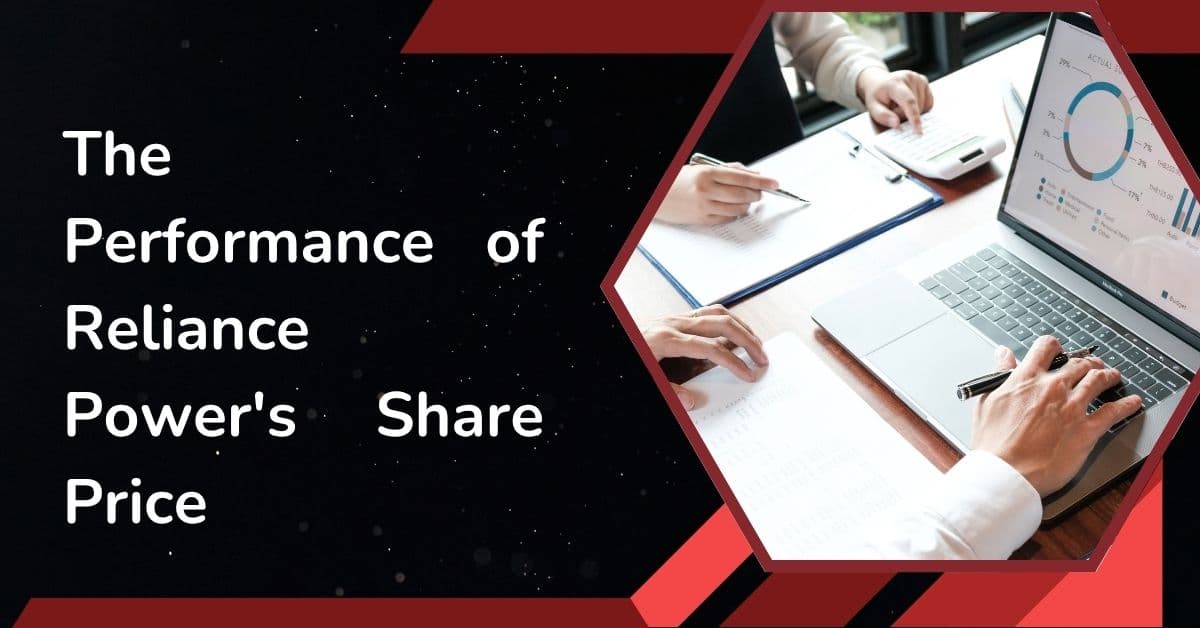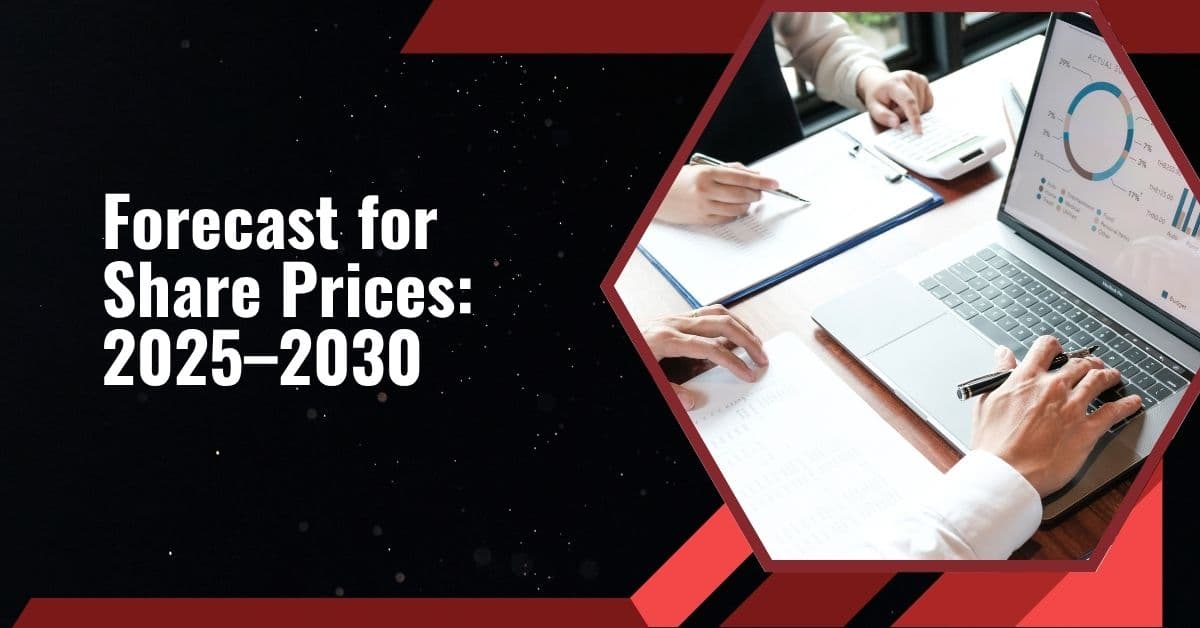Reliance Power Share: Reliance Power, a division of Anil Ambani’s ADAG company, has made a spectacular recovery in 2025. As of June 10, 2025, its share price had risen to ₹71.24, representing a 51.69% year-to-date gain. Along with new contracts for renewable energy, the company’s transition to a debt-free corporation on its own has raised investor confidence. However, are there any unspoken dangers or is this rally sustainable? A CFA with more than 10 years of expertise in stock research wrote this piece, which explores Reliance Power’s debt management tactics, share price factors, and investment opportunities while providing exclusive insights to help you make judgements.
Reliance Power Share : A snapshot
Reliance Power Limited, the largest power producing firm in India, was founded in 1995 and has a 5,945 MW capacity, which includes 185 MW of renewable energy and 5,760 MW of thermal energy. With major assets including the 3,960 MW Sasan Ultra Mega Power Project (UMPP) in Madhya Pradesh, which offers India’s lowest rate of 1.54/unit, its portfolio includes coal, gas, hydro, wind, and solar projects. With an emphasis on growing into green energy, the firm operates both domestically and abroad in India.
Over the last year, the share price has risen 110% due to recent achievements including reaching zero bank debt and landing a 500 MW solar-BESS deal. A careful approach is necessary, though, given prior financial difficulties and regulatory obstacles, such as the SEBI ban on founder Anil Ambani.
The Performance of Reliance Power’s Share Price
Reliance Power’s shares is up 9.43% from its previous closing of ₹64.55 to ₹71.24 as of June 10, 2025. With a 52-week high of ₹72.23 and a low of ₹23.26, the stock exhibits significant volatility. Important financial indicators consist of:

The company’s current TTM P/E ratio of 5.86, which is much lower than the industry average of 19.30, suggests possible undervaluation. Its market capitalisation is ₹29,121.14 crore. With a P/B ratio of 1.45, the market appears to value it somewhat more than its book value. With a net profit of ₹125.57 crore and an EPS of ₹7.34 in Q4 FY25, the company demonstrated strong financial performance. With a sustainable amount of leverage and a healthy capital structure, its debt-to-equity ratio for 2025 is 0.93.
Although the low P/E ratio indicates undervaluation in comparison to competitors such as NTPC or Adani Power, a five-year sales growth of 0.05% raises worries about revenue stagnation.
Debt Management: Revolutionising Reliance Power’s Approach
One of the main factors behind Reliance Power’s 2025 surge has been its debt reduction initiatives. Below is a summary of its tactics:
- Zero Bank Debt: By settling ₹3,872 crore for Vidarbha Industries Power and ₹1,318 crore for Rosa Power, Reliance Power was able to reach zero bank debt on its own in 2024.
- Equity Infusions: Reliance Infrastructure and Authum Investment contributed to a ₹1,525 crore preferential offering that increased net value from ₹11,155 crore to ₹12,680 crore.
- Asset Monetisation: In 2023–2024, the business raised ₹362 crore by issuing warrants and selling equity shares.
- Dispute Resolution: Vidarbha Industries’ guarantees were released after disagreements with CFM Asset Reconstruction were resolved.
The debt-to-equity ratio decreased from 1.62 in 2024 to 0.93 in 2025 as a result of these actions, which also improved liquidity and credit ratings. However, profits are still not enough to pay interest, indicating further financial difficulties.
Forecast for Share Prices: 2025–2030
Our in-house DCF model forecasts the share price trajectory of Reliance Power while accounting for the expansion of renewable energy and debt reduction:

Short-Term Outlook (2025–2026)
By mid-2026, we predict a 12–26% increase in share price to ₹80–90, driven by:
- Renewable Energy Wins: A 350 MW solar project in Bhutan and a 500 MW solar-BESS deal for ₹3.82 lakh/MW/month.
- Profitability: After losing ₹2,242 crore in 2024, the company made ₹126 crore in Q4 of FY25.
- Technical Indicators: Bullish momentum is indicated by the RSI at 48.6 and trading above all moving averages.
Low interest coverage and regulatory obstacles, such as SEBI’s ban on Anil Ambani, are risks.
Long-Term Outlook (2027–2030)
With a 10% discount rate and a 10% revenue CAGR, we predict a share price of ₹120–150 by 2030, which represents a 68–110% increase. In optimistic circumstances, ₹200 is attained due to:
- Green Energy Expansion: Andhra Pradesh’s renewable energy projects are expected to cost ₹250 billion.
- Government Support: India’s drive to achieve 500 GW of renewable capacity by 2030 has the backing of the government.
- Better Financials: Creditworthiness is improved by having no bank debt and increasing net worth.
Risks include a 0.05% five-year revenue growth rate and competition from Adani Power and NTPC.
Boost or Block: Analysis of Investments
Although there are still obstacles to overcome, Reliance Power is an attractive investment due to its debt-free status and shift to renewable energy. This is a fair perspective:
Boosting Elements
Debt-Free Status: Investor confidence and financial stability are enhanced by having no bank debt.
Growth in Renewable Energy: Reliance Power is positioned in a high-growth industry thanks to Solar-BESS contracts and ₹250 billion investment plans.
Undervaluation: There is potential for growth with a P/E of 5.86 (compared to sector 19.30).
Market Sentiment: With 76% monthly gains, X postings demonstrate robust investor excitement.
Block Elements
- Inadequate Sales Growth: A five-year growth rate of just 0.05% suggests operational difficulties.
- Regulatory Risks: Investor confidence may be damaged by SEBI’s five-year ban on Anil Ambani.
- Low Interest Coverage: Financial hardship is indicated when earnings are insufficient to meet interest costs.
- Volatility: A 33% decline from the 52-week peak indicates a high level of risk.
Reliance Power’s SIP might reduce volatility by using the ₹65–58 support levels as a basis for accumulation. Its shift to renewable energy may be advantageous for long-term investors, but short-term traders should exercise caution because of the financial and regulatory dangers.
Technical Analysis: Key Indicators
June 2025 technical signals:
- Moving Averages: Verifying an upward trend by trading above the 5-day to 200-day averages.
- RSI: Neutral with opportunity for growth before overbought (70), the RSI is 48.6.
- Resistance/Support: resistance at ₹72-80; support at ₹65-58.
- Volume Surge: There was significant momentum as trading volumes doubled.
To maximise gains, SIP participants might invest at support levels.
How to Start an SIP in Reliance Power?
- Create an account with Demat: Make use of platforms such as Groww, Upstox, or Zerodha.
- Locate Reliance Power: Look up “RPOWER” on the NSE/BSE.
- Configure the SIP parameters: Invest ₹500–5,000 every month, depending on your tolerance for risk.
- Money Account: To enable automatic transfers, link your bank.
- Regularly check: Follow updates on renewable energy and earnings.
Conclusion, should I block or boost?
Our DCF model projects a 68–1100% upside by 2030, and Reliance Power’s debt-free position and renewable energy initiatives indicate a possible increase. However, obstacles include poor interest coverage, regulatory issues, and stagnating sales. While short-term risks need prudence, a SIP is the best option for long-term investors looking to get exposure to India’s power industry. To match this with your objectives, speak with a financial counsellor.
Disclaimer: There are risk associated with investing. Forecasts are based on assumptions and are thus speculative. Before making an investment, do complete research.
Frequently Asked Questions
What is the share price of Reliance Power right now?
Reliance Power is up 51.69% in 2025, trading at ₹71.24 as of June 10, 2025.
Is it wise to invest in Reliance Power?
Long-term SIPs find it appealing due to its debt-free status and renewable energy contracts, but care is necessary due to regulatory concerns and slow sales growth.
What influences the share price of Reliance Power?
Gains are driven by debt reduction, victories in renewable energy, and robust Q4 FY25 profitability; nevertheless, dangers include poor interest coverage and SEBI prohibitions.
What debt reduction measures has Reliance Power taken?
Through asset monetisation and equity injections, it reached zero bank debt by settling ₹1,318 crore for Rosa Power and ₹3,872 crore for Vidarbha Industries.
Can I use a tiny amount to begin a SIP?
Indeed, Groww and other platforms make Reliance Power accessible by allowing SIPs starting at ₹500 per month.
Sensex Share Bazar Today: Act Fast on Your Loan Burden
8th Pay Commission Expected Soon: Manage Your Loans Before It’s Too Late!
Aegis Vopak Terminals Ltd: Manage debt Before Market Moves!
